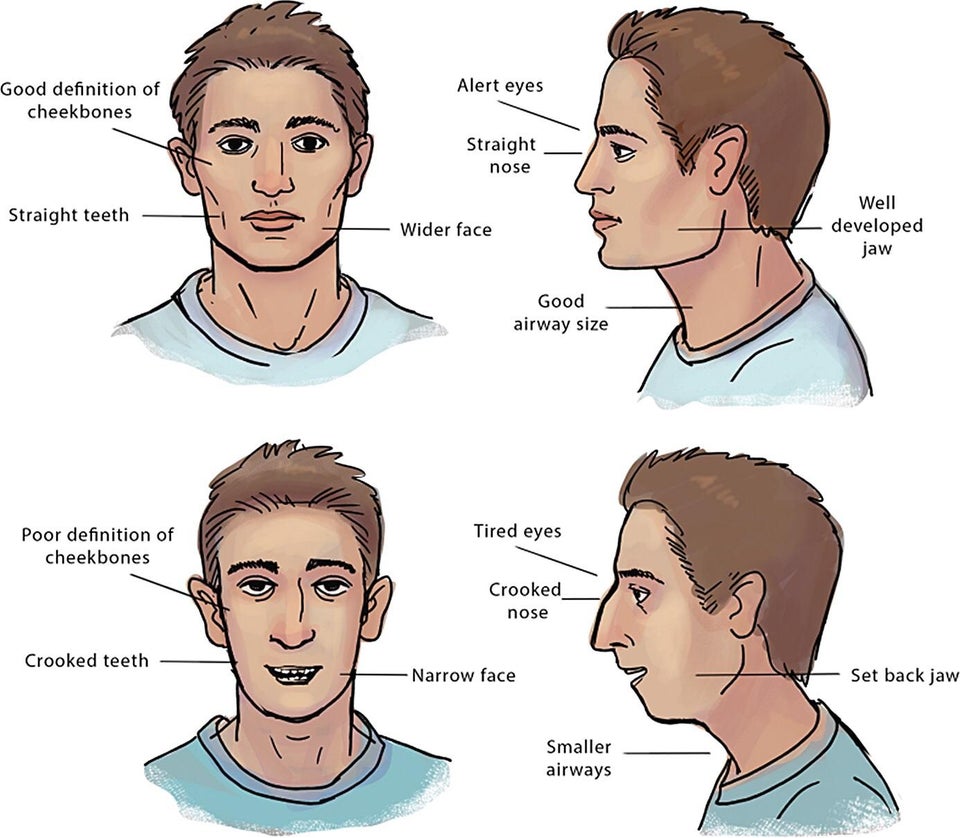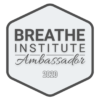Orofacial Myofunctional Disorder: A Mouthful
What Actually Is It?
Orofacial myofunctional disorders contain one or a combination of the following: abnormal thumb, finger, lip and tongue sucking habits; an inappropriate mouth open or lips open resting posture; a forward interdental rest posture of the tongue; a forward rest position of the tongue against the maxillary incisors; lateral, posterior interdental tongue resting posture; inappropriate thrusting of the tongue in speaking and/or swallowing.
Tongue thrust is one of many common disorders associated with orofacial myofunctional disorders (OMD).
Nearly all young children exhibit a swallowing pattern involving tongue thrust protrusion, but by the age of 6 most have automatically switched to a mature or “normal” swallowing pattern.
What are some common signs or symptoms to help identify an OMD?
- High narrow palate
- Open bite, overjet, crossbite, deep bite
- Little to no diastema at a young age or overcrowding
- Open mouth resting posture with tongue against or protruding against the teeth
- Incorrect forward thrusting swallowing pattern
- History of tongue or lip tie associated with feeding difficulties
- Severe allergies or history of recurring upper respiratory infections
- Family history or orofacial myofunctional disorders
What Does Therapy Look Like?
Each individual comes in for a comprehensive evaluation that we look at many areas of their health:
- Airway-Do we have free nasal airway for a closed mouth resting posture
- Birth History
- Allergies
- Function and posture of oral structures including: cheeks, jaw, tongue, throat
- Tongue or Lip tie
We then make a plan for that individual. Therapy is one time per week for 30-minutes. The COMP program, which stands for Chatterton Orofacial Myofunctional Program, is a series of 10 lessons focusing on changing muscle memory for the following:
- Jaw stabilization
- Lingual-Mandibular differentiation- can the jaw and tongue work separately from one another
- Tongue and Lip resting posture during the day and night
- Retraining the swallow
Each individual progresses at their own rate depending on their coordination and needs. The patient will be given a series of exercises to perform 3 times a day to reshape and change muscle memory.
What Happens if OMD is not Treated
What happens if we don’t treat OMD? If a child is an open mouth breather at a young age and it is not identified as being a problem, then this open mouth resting posture encourages tongue down, lip open resting posture during the day and night. When the mouth is open with tongue down and forward throughout the day and night, the individual is more susceptible to hypertrophic tonsils, adenoids and large nasal turbanants. When these tonsils/adenoids are enlarged health risks increase:
- More susceptible to viruses or bacterial infections, such as, strep throat
- Sleep apnea due to restricted nasal airflow
- Postural changes
- Weak facial muscles
With open mouth resting posture facial features develop differently. The face appears long with poor definition of cheek bones. The mandible or jaw is retracted and small which affects airway size making it small and at higher risk for sleep apnea. When teeth emerge, they are misaligned. If tongue is forward and down at rest, the teeth will find space to grow and that is when open bites or over jets develop. The palate is high and narrow due to the open mouth breathing. The nose shape can change as well as the eyes looking tired vs alert.

Over 50% of orthodontic patients exhibit some form of orofacial myofunctional disorder. If you are concerned about the possibility of orofacial myofunctional disorder, we want to help you. We work closely with a variety of professionals to provide comprehensive treatment. We communicate openly and often with other healthcare professionals including: Orthodontists, Dentists, ENT’s, Sleep Apnea Specialists, Primary Care Physicians, Craniosacral Massage Therapists, and other care providers on the team.

